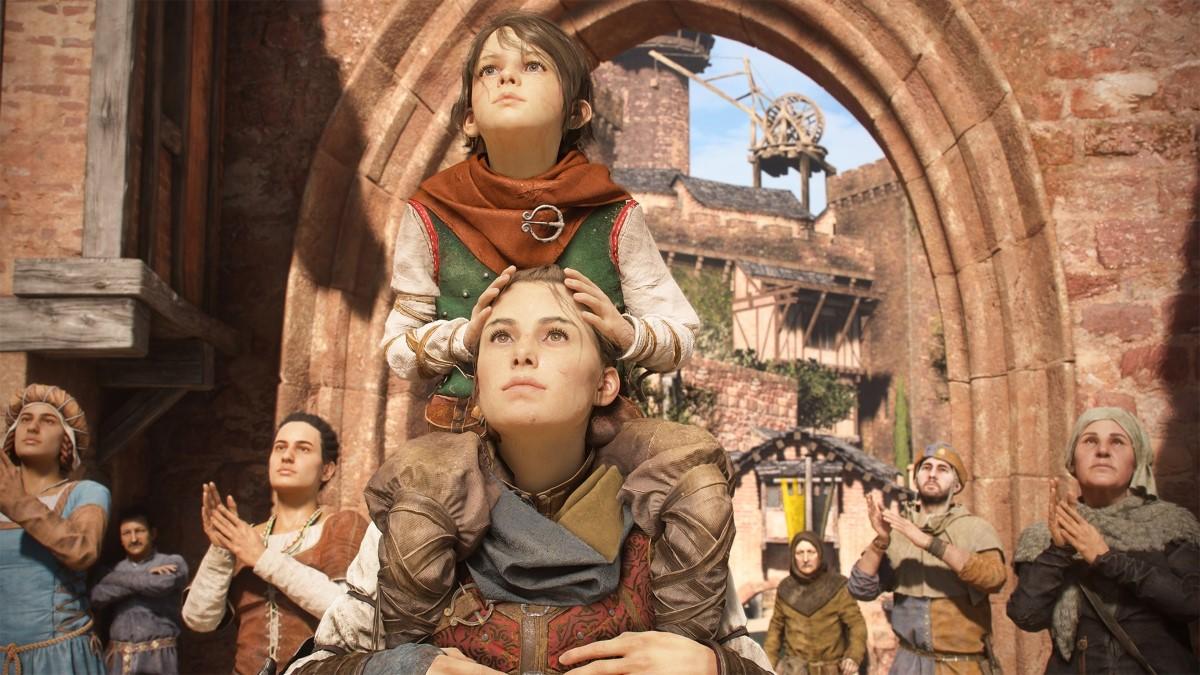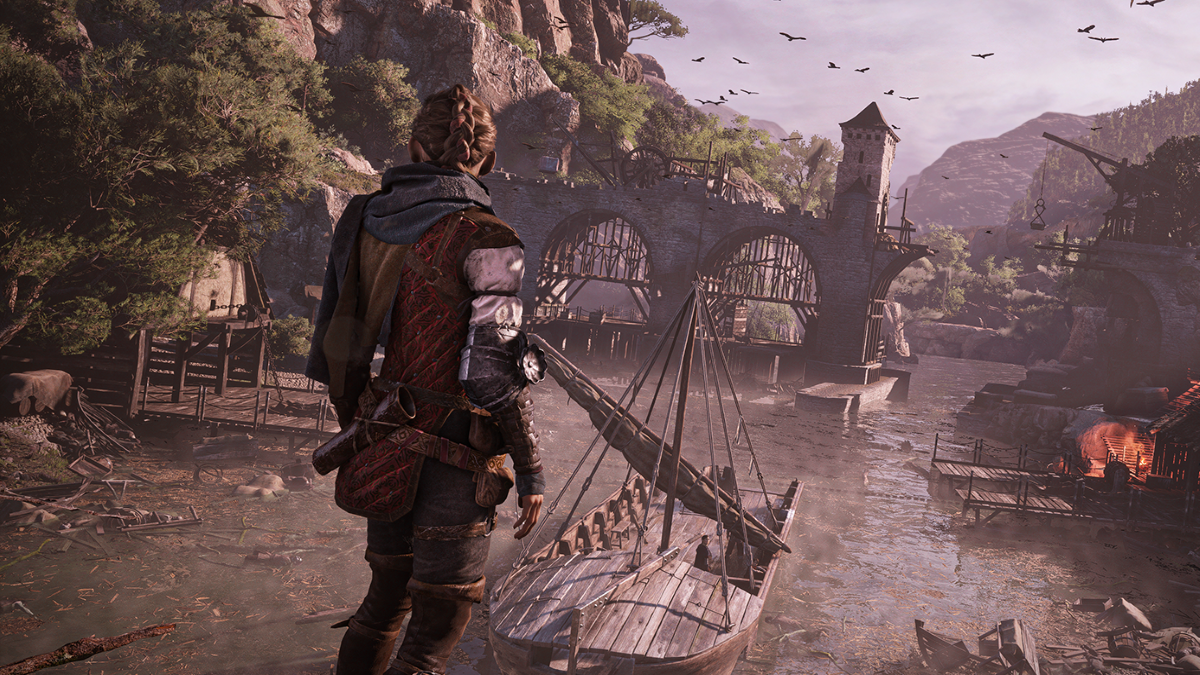A Plague Tale: Requiem Review: A Compelling Sequel That Meets High Expectations
A Plague Tale: Requiem is a very strong sequel from developer Asobo Studio. When the original A Plague Tale: Innocence launched back in 2019, it surprised many folks (myself included) simply due to how much the action-adventure title flew under the radar prior to release. With higher expectations in place for Requiem, my biggest fear about the follow-up installment is that Asobo wouldn't be able to surprise me in the same way the second time around. Luckily, this has proven to be a false assumption.
In nearly every conceivable way, A Plague Tale: Requiem is a far better game than that of Innocence. Not only does it expand on the game's central characters, Amicia and Hugo, in compelling new ways, but it also clearly boasts a larger budget, which means that Asobo was able to do much more in terms of scale. Not only is Requiem able to fill the screen with tens of thousands of more rats compared to Innocence, it also means that Asobo was able to focus on smaller aspects of the game as well. Environments are far more detailed, textures look far improved, and lighting looks incredibly realistic. While I would have enjoyed the addition of a higher framerate, though, I also didn't find myself bothered by the locked rate of 30fps.

Rats were the star of the show in A Plague Tale: Innocence, and that's more true than ever with Requiem. While there are still hordes of rats that Amicia, Hugo, and other companions have to trudge through in the game, it's the sequences where literal rat tidal waves appear that put to shame anything seen in Innocence. Requiem has a far greater scale, which has allowed Asobo to create some wildly inventive setpieces that appear multiple times throughout the game. It's these moments, in particular, that made Requiem feel that much more akin to Uncharted or The Last of Us, which are two franchises that Asobo has clearly drawn a lot of inspiration from.
As mentioned, A Plague Tale: Requiem also does quite a bit of interesting character work with both Amicia and Hugo. Set months after the events of Innocence, Requiem sees Amicia and Hugo looking for a cure to the latter's strange disease. While this throughline plot motivation doesn't deviate much over the course of Requiem's rough 15-hour runtime, it's the ways in which Amicia and Hugo respond to their various situations that I found to be exemplary.
Amicia, in particular, is a very strong central protagonist that goes through numerous moments of weakness and strife throughout the story. And rather than trying to constantly make her a perfect hero, Asobo leans into her shortcomings and shows her at many of her own worst moments. It makes her character feel incredibly relatable and real, even in the midst of a story that can feel supernatural.

Outside of the main cast, Requiem also brings aboard a number of new characters that I quickly found myself getting behind. Writing across the board in this game is quite great, which is what makes it easy to get attached to each character, no matter how briefly they may appear. Beyond the "good guys" that are seen in the game, the new villains and other various foes that show up are just as intimidating for the same reasons. My only issue with the antagonists is that they can feel a bit nebulous at times. Many of the baddies that are seen in the opening hours, in particular, are pretty nondescript and seem to only appear as a way of creating conflict.
Perhaps the biggest flaw with A Plague Tale: Requiem is that it can get a bit stale to play. The stealth mechanics and various items that Amicia has at her disposal are novel at first, but the majority of her usable items are unlocked quite early into the game. As the hours pass, it begins to feel like most combat encounters play out in a similar fashion. Asobo does a decent job of trying to make each chapter feel a bit different from the last through the inclusion of brief new mechanics. More often than not, though, I felt like I was just trying to push through to the next major story beat rather than enjoy the pursuit of taking down or sleuthing past soldiers.

Where the gameplay of Requiem does shine, though, is when you need to get past the seas of rats that often encircle Amicia and Hugo. These sections are primarily just big, rat-infested puzzles and often aren't that difficult to figure out. Still, it was the slow nature of working my way through these rodent mountains to avoid death that I continuously found exciting. The puzzles themselves aren't necessarily hard, but it's the stakes at hand that made each of these sections feel more enticing than they otherwise would.
Even though it's not without some faults, A Plague Tale: Requiem is likely one of the better games I have played this year. In a time where story-driven action games are starting to become more sparse, Asobo continues to prove with Requiem that it's very much capable of assisting with carrying the torch within this genre. I'm not sure if we'll see future Plague Tale titles come about in the future, but given the leap that has been seen with Requiem, I'm definitely hoping that this isn't Asobo's final outing in this space.
Rating: 4.5 out of 5
A Plague Tale: Requiem is available now and is playable on PlayStation 5, Xbox Series X, Nintendo Switch, and PC. A copy of the game was provided by the publisher for the purpose of this review and it was played on an Xbox Series X.
0comments